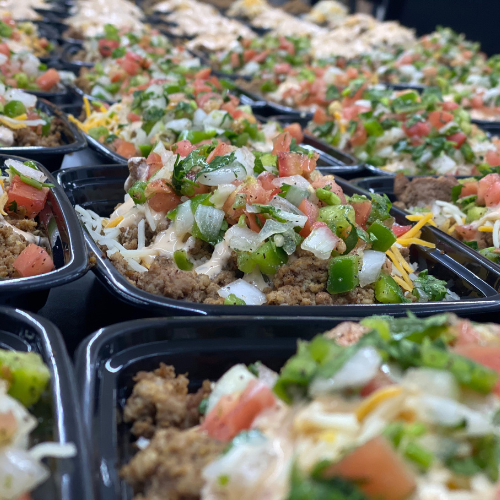The Allure of Healthy Meal Prep
Healthy meal prep has emerged as a beacon of hope for many striving for nutritious and balanced meals amidst a busy lifestyle. The allure of homemade dishes, tailored to individual preferences while being pocket-friendly, sounds idyllic. However, a closer look reveals that the financial landscape of DIY meal prep is intricate and multifaceted.
Initial Outlay: Stocking the Kitchen

Beginning your meal prep journey isn’t simply about recipes and enthusiasm; it mandates an initial outlay on kitchen essentials. Consider the costs of high-quality knives, cutting boards, blenders, food processors, and many containers. These tools, vital for efficiency and safety, can strain the wallet, especially when prioritizing quality over bargain deals. However, investing in these essentials will pay off in the long run, enhancing your culinary experience, saving time, and ensuring longevity. Remember, a well-equipped kitchen lays the foundation for countless delicious and nutritious meals ahead.
Deciphering Ingredient Costs: The Organic Dilemma
Healthy meal prep often involves a pivotal decision: choosing between organic and conventional produce. Organic ingredients, celebrated for their reduced pesticide levels and non-GMO status, undeniably bear heftier price tags. The dilemma arises in reconciling these costs with the perceived health benefits. Navigating this choice means discerning which ingredients warrant the organic premium and which don’t. Factors like environmental impact, taste differences, and personal health concerns come into play. Educating oneself on the “Dirty Dozen” and “Clean Fifteen” lists can guide decisions, ensuring that you make informed choices that align with both health goals and budget constraints.
Time Commitment: Valuing Your Hours
The aphorism “time is money” holds unparalleled truth here. Consider the cumulative hours channeled into menu planning, grocery shopping, chopping, cooking, and cleaning. For many, this substantial time investment could find more lucrative or fulfilling avenues elsewhere. Consequently, the cost of DIY meal prep isn’t solely financial; it’s intrinsically tied to the value of your time.
Dealing with Wastage: The Hidden Culprit
Amidst the excitement of trying diverse recipes, it’s common to procure ingredients that serve a singular meal and then languish forgotten in pantries. This sporadic approach escalates costs and amplifies food wastage. Strategically planned shopping lists and a keen understanding of ingredient versatility can attenuate this concern, but it remains a pertinent factor in the overall cost equation.
Energy Expenditure: The Silent Consumer
A facet often relegated to the background is the energy cost. Intensive cooking sessions, especially involving multiple appliances, can lead to surging utility bills. While seemingly minuscule on a daily scale, when assessed over weeks or months, these costs become a significant part of the healthy meal prep financial narrative.
Pursuit of Nutritional Excellence: Expertise Matters
A rudimentary understanding of nutrition might suffice for occasional meals, but consistent meal prepping requires a deeper grasp. Designing a repertoire of meals that holistically cater to nutritional needs is a challenging endeavor. Without this expertise, one might inadvertently skew towards certain food groups, neglecting others, leading to potential health costs in the long run.
The Multiplicative Effect: Catering to a Crowd
Meal-prepping dynamics undergo a transformation when addressing the needs of families or larger groups. While bulk purchases might offer some cost relief, the intricacies of catering to varied palates, multiplied preparation hours, and increased energy use can offset these savings.
A Holistic Cost Evaluation
On the surface, DIY healthy meal prep is an economical panacea to dining woes. Yet, a comprehensive evaluation reveals that the costs transcend mere grocery expenses. They encompass equipment, time, energy, potential wastage, and the invaluable price of nutritional balance.
